When it comes to hauling materials, construction debris, or landscaping supplies, the versatility and utility of dump trailers cannot be overstated. Understanding the capacity of a dump trailer, especially in terms of cubic yards, is paramount for optimizing efficiency and ensuring that you select the right trailer for your specific needs. In this comprehensive guide, we will dissect the intricacies involved, analyze various types of dump trailers, and provide a precise answer to the inquiry: how many cubic yards are in a dump trailer?
What is a Dump Trailer?
A dump trailer is a specialized type of trailer equipped with a mechanical or hydraulic mechanism that allows it to tilt, thus enabling the unloading of materials by letting gravity do the work. They are widely used in various applications, including construction, landscaping, and waste management.
Types of Dump Trailers
There are several types of dump trailers available in the market, each suited for different jobs and capacities. Here are the most common types:
| Type | Description | Typical Uses |
|---|---|---|
| Utility Dump Trailers | Smaller and often lightweight, ideal for home projects. | Landscaping, small-scale haulage. |
| Heavy-Duty Dump Trailers | Built for larger loads and robust materials; often includes tandem axles. | Construction, large debris removal. |
| Gooseneck Dump Trailers | Provides better weight distribution for heavier loads; connects to a truck bed. | Heavy loads, long-distance hauling. |
It’s crucial to choose the right type based on the materials you plan to transport and the weight you need to haul.

Calculating Cubic Yard Capacity
To determine how many cubic yards are in a dump trailer, one must first understand the dimensions of the trailer, which includes the length, width, and height of the trailer’s bed. Once you have those measurements, the formula to calculate the cubic yards is as follows:
[ \text{Cubic Yards} = \frac{(\text{Length} \times \text{Width} \times \text{Height})}{27} ]This formula divides the total cubic inches by 1,728 (the number of cubic inches in a cubic foot), and then divides by 27 (the number of cubic feet in a cubic yard).
Example Calculation
Consider a dump trailer with the following dimensions:
- Length: 10 feet
- Width: 6 feet
- Height: 2 feet
Using the formula:
[ \text{Cubic Yards} = \frac{(10\, \text{ft} \times 6\, \text{ft} \times 2\, \text{ft})}{27} = \frac{120}{27} \approx 4.44 \text{ cubic yards} ]Common Dump Trailer Sizes and Capacities
| Trailer Size (ft) | Capacity (cubic yards) | Load Capacity (lbs) |
|---|---|---|
| 5 x 10 | 1.5 – 2 | 3,000 – 4,000 |
| 6 x 10 | 2.5 – 3 | 5,000 – 6,000 |
| 7 x 14 | 4.5 – 5 | 7,000 – 12,000 |
| 8 x 20 | 12 – 14 | 10,000 – 14,000 |

Factors Influencing Capacity
While cubic yard capacity is a primary concern when selecting a dump trailer, several other factors can influence how much you can effectively haul:
1. Weight Distribution
Proper weight distribution is crucial. Overloading a trailer can not only damage it but also lead to safety hazards. Most dump trailers come with a specified weight limit that typically ranges from 3,000 lbs to over 14,000 lbs depending on the model.
2. Material Type
Different materials have different weights per cubic yard. For example:
- Topsoil: ~1,500 lbs/cubic yard
- Gravel: ~2,000 lbs/cubic yard
- Mulch: ~1,200 lbs/cubic yard
Understanding the material you plan to haul can help you avoid exceeding weight limits.
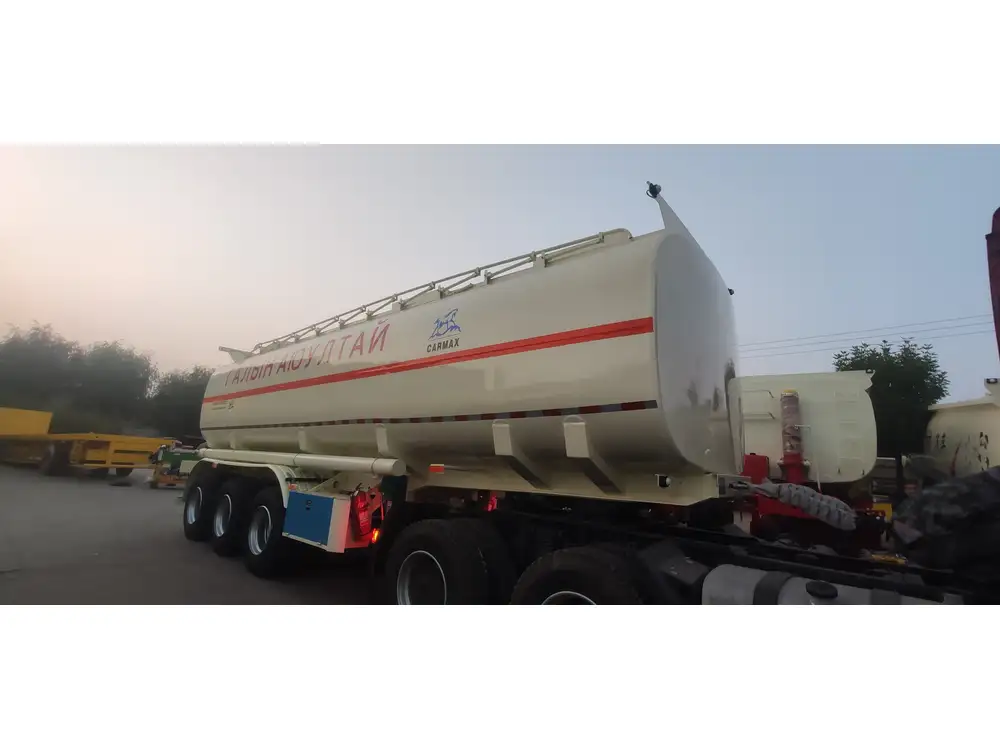
3. Trailer Configuration
Dump trailers come in single-axle, tandem-axle, and triple-axle configurations. More axles allow for higher weight loads but can also reduce maneuverability. Choose the configuration that fits your hauling needs.
4. Material Compaction
Some materials may compact more than others. For example, dirt can be compressed; thus, what may initially appear to be a full cubic yard could actually be less once compacted.
Choosing the Right Dump Trailer
Selecting the ideal dump trailer can significantly streamline your operation and improve productivity. Consider the following factors when making your decision:
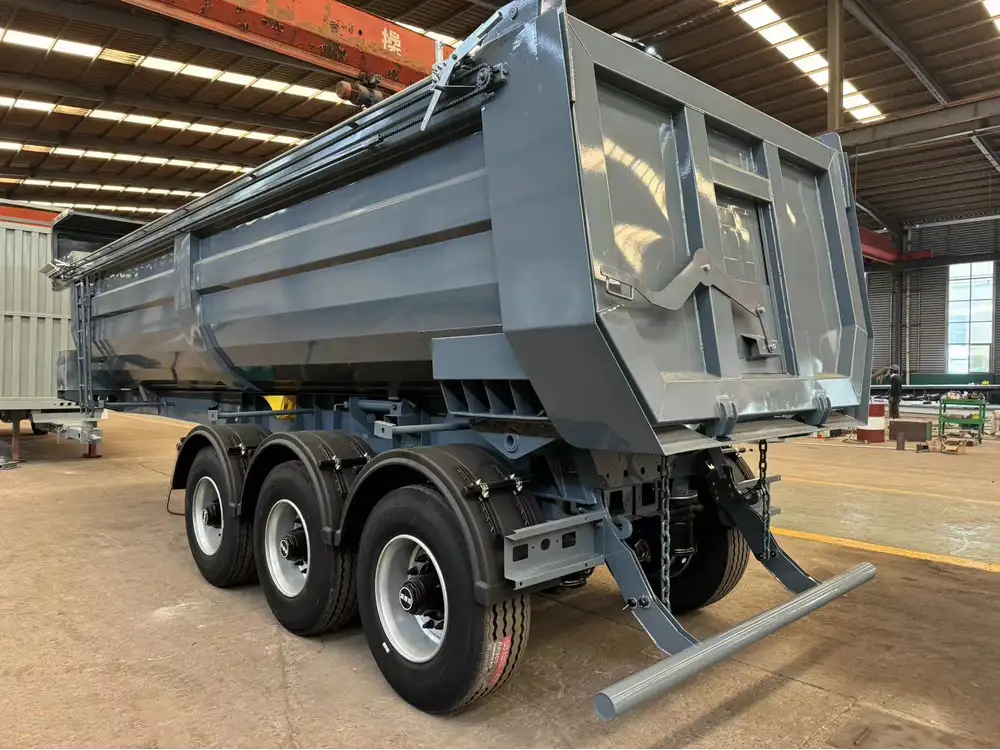
Material Handling Needs
Evaluate the types of materials you will typically move and select a trailer that can handle those materials efficiently without exceeding load limits.
Frequency of Use
If you’re using a dump trailer regularly, investing in a high-quality, durable model is essential. Frequent use can lead to wear and tear, so reliable components are vital for longevity.
Budget Considerations
Dump trailers come at various price points. Determine a budget beforehand but consider long-term value — cheap trailers may lead to increased costs in repairs or replacements.
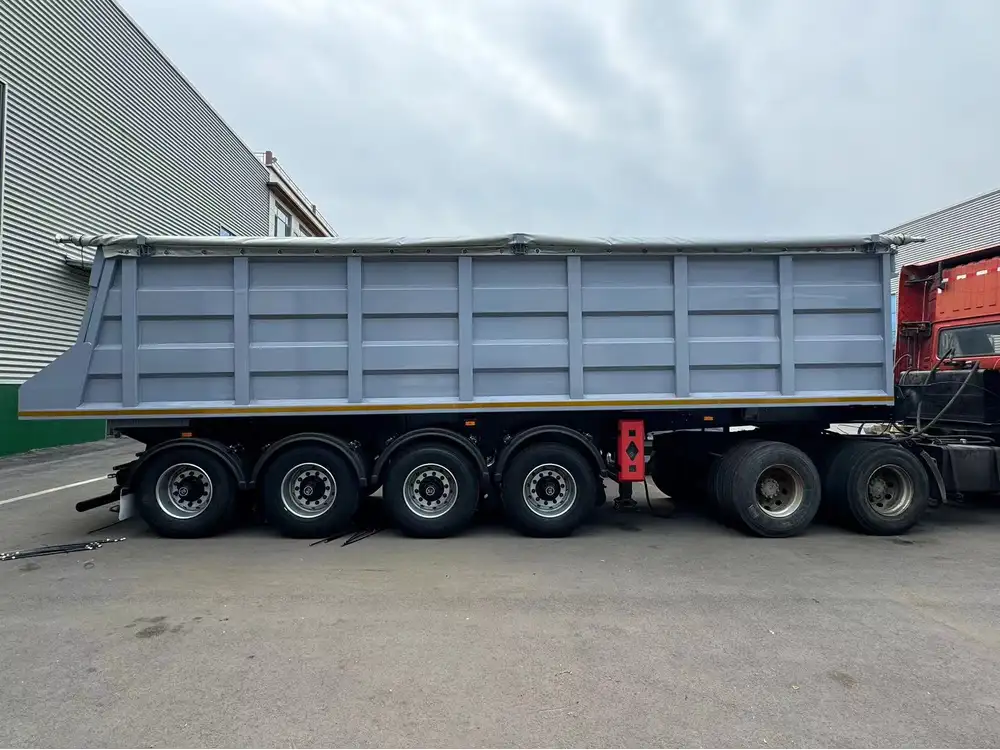
Local Regulations
Knowledge of local hauling regulations, including weight limits on local roads, can influence your decision as well. Ensure compliance to avoid fines or accidents.
Maintenance Tips for Dump Trailers
Owning a dump trailer entails certain responsibilities, and regular maintenance is a major one. Here are some maintenance tips to keep your trailer in optimal condition:
1. Check Tire Pressure
Regularly check tire pressure and tread. Under-inflated tires can wear unevenly and compromise safety.
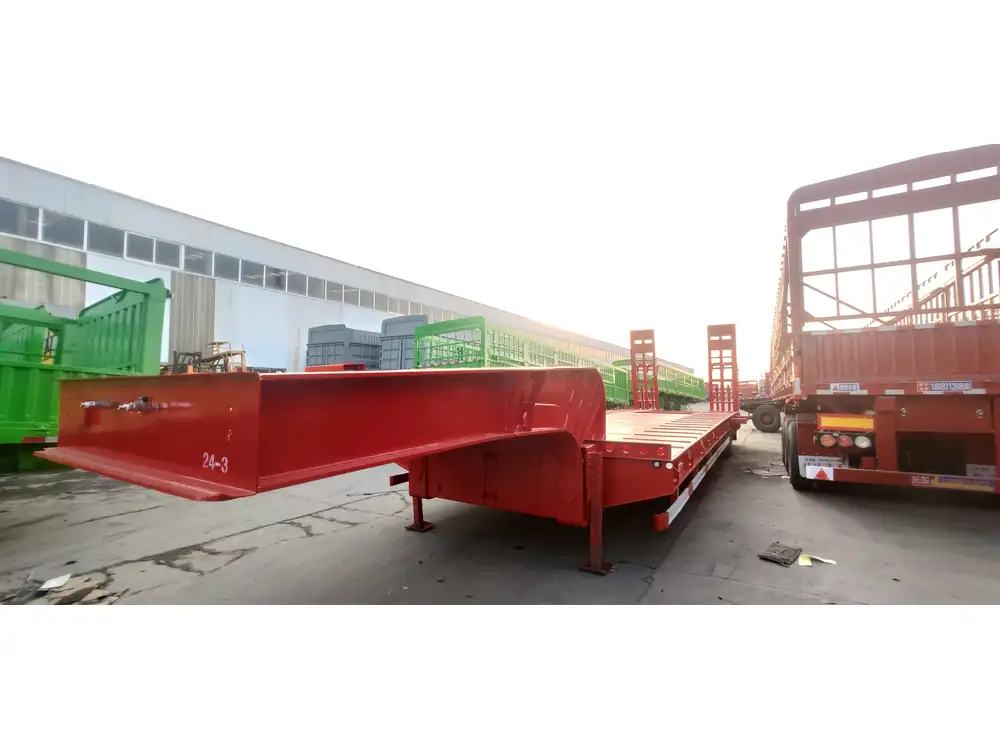
2. Inspect Brake Systems
Brakes are crucial for trailer safety. Ensure that brakes are functioning correctly, and replace them as necessary.
3. Lubricate Moving Parts
The hydraulic lift mechanism should be regularly lubricated and checked for leaks to ensure smooth operation.
4. Clean the Trailer Bed
After each use, clean out the trailer bed to prevent debris build-up, which can contribute to rust and deterioration over time.
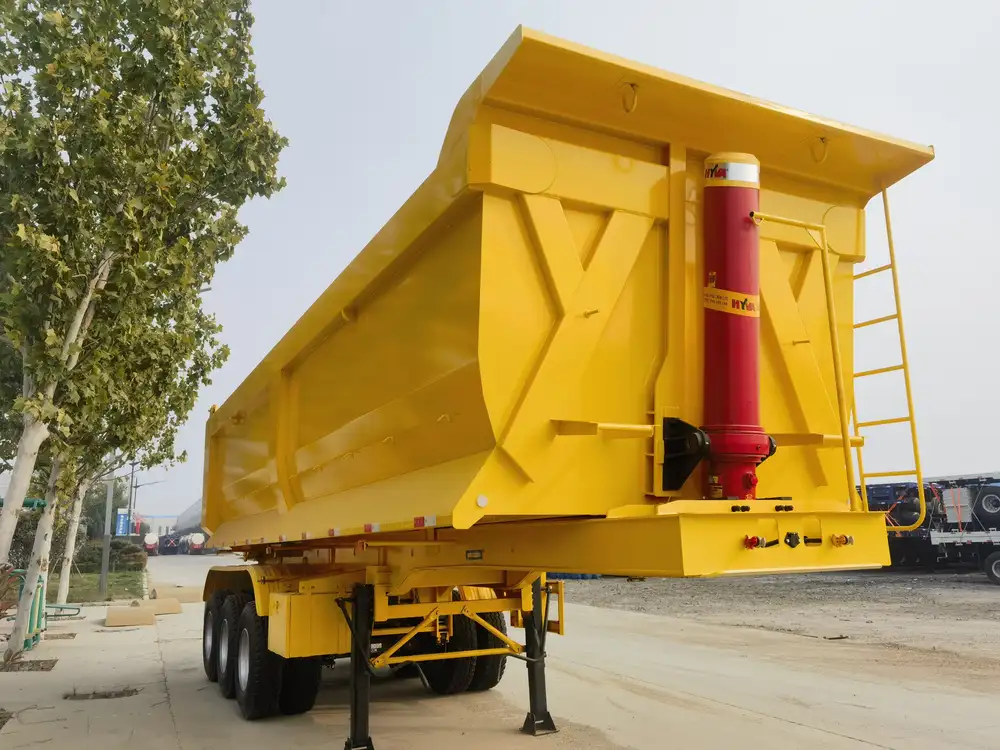
Frequently Asked Questions
How Much Does a Dump Trailer Weigh?
The weight of a dump trailer varies by size and materials used in construction. Typically, a small utility dump trailer may weigh around 1,500 to 2,500 lbs, while larger trailers can weigh 7,000 lbs or more.
Can I Use a Dump Trailer for Other Purposes?
Absolutely! Dump trailers are versatile and can be used for hauling landscaping supplies, dirt, gravel, construction debris, farm produce, and even equipment when necessary.
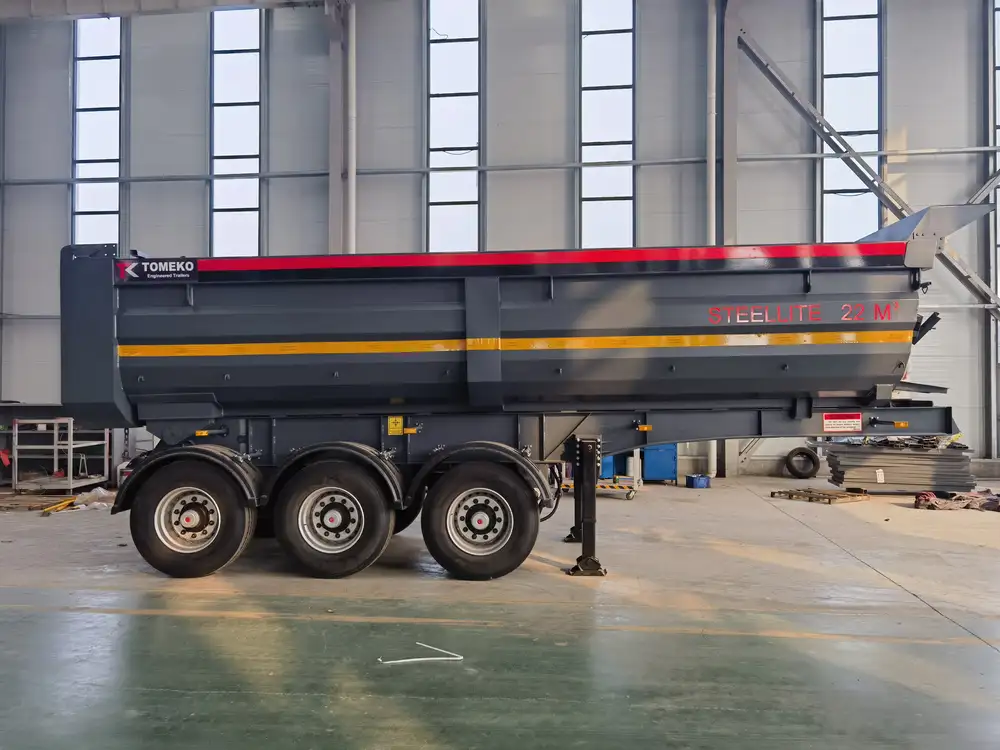
How do I Safely Load a Dump Trailer?
Distributing the load evenly is key. Avoid overloading one side, and ensure that heavy items are placed low to improve stability.
What Are the Best Brands of Dump Trailers?
Some reputable brands include Big Tex Trailers, Sure-Trac, and Bwise. It is advisable to research customer reviews and warranties before making a purchase.
Conclusion
Understanding how many cubic yards are in a dump trailer and the various factors that influence that measurement is essential for making informed choices when it comes to equipment for hauling. Whether you are involved in landscaping, construction, or another trade that requires heavy-duty transport of materials, ensuring that you have the right tools and knowledge will streamline your operations, enhance productivity, and maintain safety on the job.
In selecting the right dump trailer, consider its specifications, capacity, and the unique demands of your projects. Proper calculations, regular maintenance, and informed decisions will ensure that your dump trailer remains a vital component of your operations for years to come.



